Glaucoma Eye Disease(ग्लूकोमा, काला मोतिया) | Symptoms, Causes & Treatment
- 1.79K
- 3 years ago
Dr. Anin Sethi
Dr. Anin Sethi
Glaucoma Eye Disease : Symptoms, Treatment and Prevention by Dr. Anin Sethi
Glaucoma eye disease is a condition in which there is an increase in eye pressure. As a result, the optic nerve damage sends signals to the brain. It eventually gets worse with time and may cause permanent vision loss or total blindness. One generally inherits this eye disease from the family.
What happens in the eye? | Glaucoma Eye Disease
According to Dr. Anin Sethi, the eye produces a liquid that maintains pressure in the eyes. Because, in Glaucoma eye disease the drainage of this fluid is interrupted, as a result, the pressure in the eye increases. So, this abnormally high pressure could cause the optic nerve to dry.
Glaucoma affects which age?
It is one of the leading causes of blindness for people over 60. So, it can occur at any age but is more common in older adults.
Glaucoma symptoms
Its symptoms include Patchy blind spots in your side (peripheral) or central vision, frequently in both eyes, Tunnel vision in the advanced stages.
Other symptoms
- Severe headache results in Eye pain
- Nausea and vomiting
- Blurred vision
- Halos around lights
- Eye redness
Prevention of Glaucoma
Because we can’t treat it, Dr. Anin Sethi suggests getting regular eye checkups and other checkups to ensure that the Kala motia (glaucoma) doesn’t spread further. So, we must go for an eye checkup after 3-4 months to monitor the growth of Glaucoma.
What is the treatment?
Because, we can’t treat it completely, so we could stop and prevent it from going further than it already has with the help of some medications. The medications for this disease can last for an extended period. So, we treat patients with medication 90% of the time.
Other treatment options
But in a few cases, we may require an operation, i.e., trabeculectomy In a few instances, we use a laser for eye treatments to keep the pressure in control. Glaucoma does not affect only a particular age group. As a result, there are equal chances of an infant, an adult, or an older adult suffering from this.
Types of Glaucoma
Because it has different types and according to Dr. Anin Sethi, we can treat some by laser and some with medicines, and for some cases, we might use a combination of both. However, in significantly fewer cases, we treat them by surgery.
Precaution
In Glaucoma, we must take the prescribed medicines on time. Get periodic eye checkups within 5-6 months.
Because this disease is such that the patient cannot feel the Glaucoma or ‘Kala motia’ in their eye because the patient’s vision remains the same, but the vision’s circumference starts to shrink.
As a result, the patient may experience difficulty in climbing or descending stairs or driving, affecting the patient’s peripheral vision.
Bottom line
So whenever you feel vision impairment, consult a doctor and check your eye pressure. And follow SimpliHealth (https://simplihealth.in/) for more information on health-related queries.





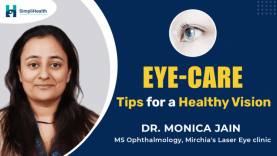
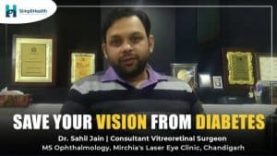

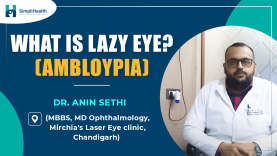

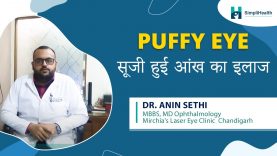
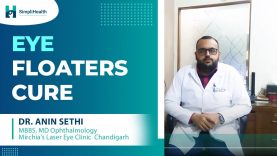
Comments (0)